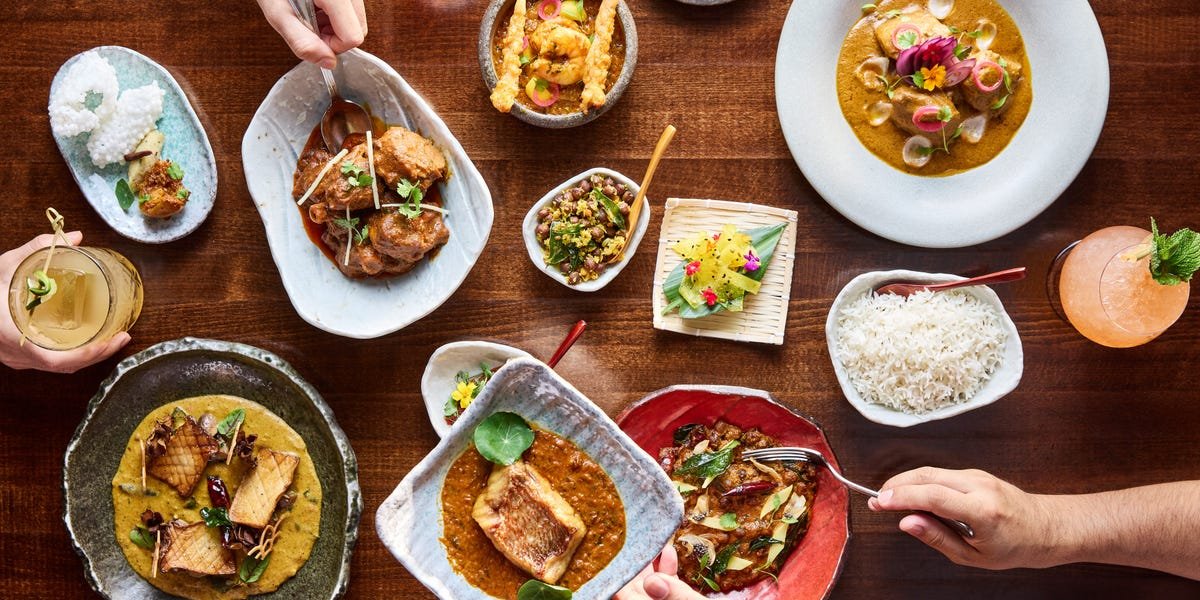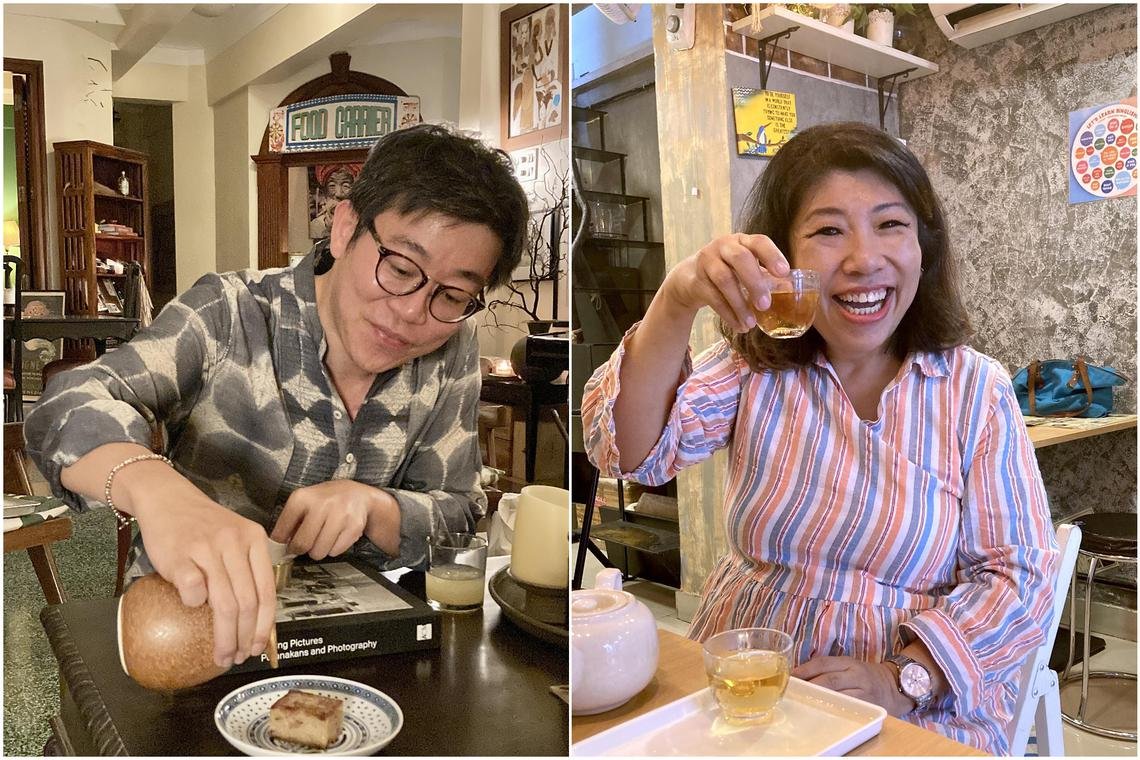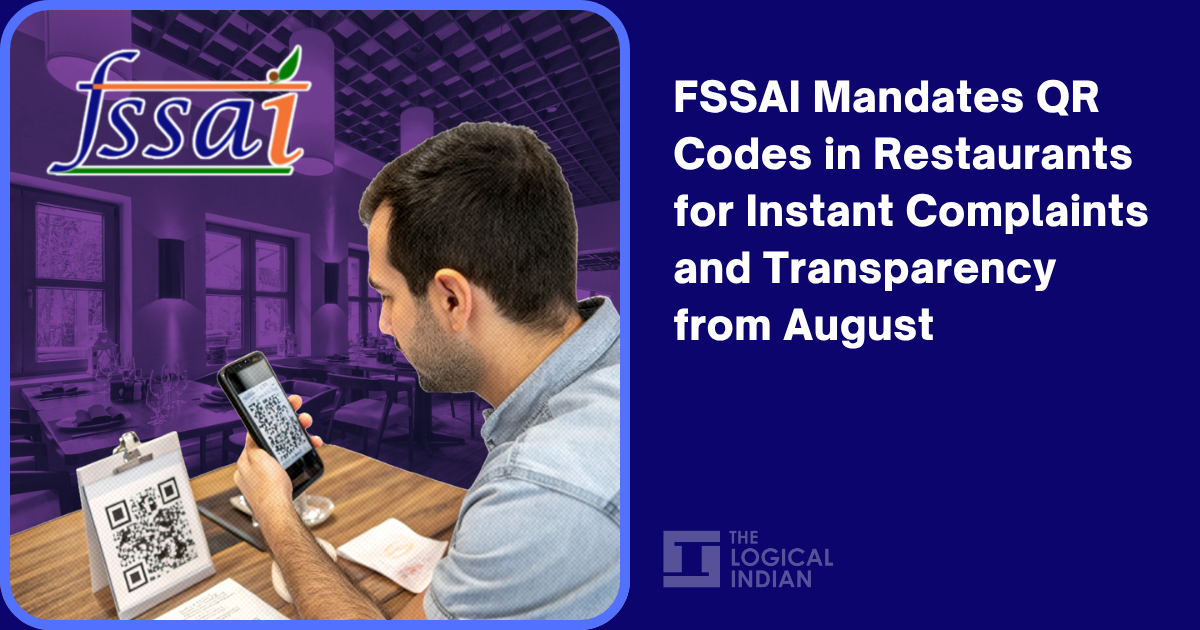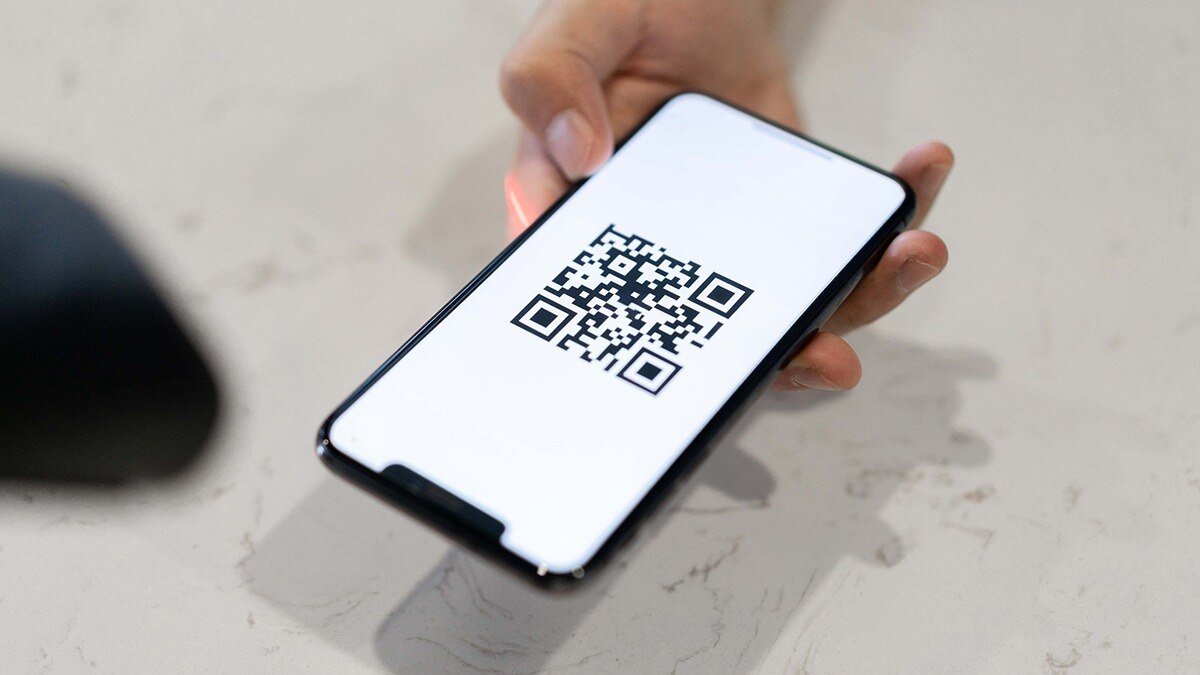India’s Food Safety and Standards Authority (FSSAI) has implemented a new mandate from August 2025, requiring all food businesses—such as restaurants, cafes, cloud kitchens, and food trucks—to clearly display both their FSSAI license and a QR code linked to the Food Safety Connect App at key customer touchpoints.
This QR code allows consumers to instantly check food license details and raise concerns about food safety or hygiene. The aim is to strengthen consumer safety and regulatory transparency by enabling real-time, direct reporting of issues to authorities for quick resolution.
Enhancing Consumer Safety Through Digital Empowerment
Under the new rules, the QR code and license must be prominently displayed at entrances, billing counters, seating areas, and digital platforms like food delivery apps and websites.
By scanning the QR code, consumers can verify if an establishment is genuinely licensed, report hygiene violations, mislabelling, or unsafe practices, and even track the progress of their complaints in real time. FSSAI officials emphasise that this initiative “empowers consumers and modernises India’s food safety framework,” providing “a user-friendly tool for swift grievance redressal and heightened accountability”.
Who Must Comply – and What’s at Stake?
The directive applies to all food business operators (FBOs): restaurants, cafes, catering units, retail food outlets, cloud kitchens, food trucks, and even online delivery aggregators. Failure to comply may lead to penalties or suspension of food licenses, as per the Food Safety and Standards Act.
FSSAI highlights that this shift was driven by recent food safety lapses and widespread consumer complaints about poor hygiene and misleading labelling. With this move, India aims to foster a safer, more transparent, and trustworthy food landscape for every consumer.
Expert Advice: How Consumers and Businesses Can Stay Safe
Food safety experts and advocacy groups have welcomed the QR code initiative, calling it a much-needed reform for India’s fast-evolving food sector. Experts advise consumers to regularly scan the QR code whenever they visit a food outlet, always look out for a valid FSSAI license, and use the Food Safety Connect App to flag issues regarding hygiene or food quality.
For food business operators, experts recommend educating staff and customers about the new requirements, keeping the license and QR code up to date, and responding promptly to complaints. Professional food hygiene auditors and compliance consultants are now advising businesses to conduct regular kitchen audits, maintain proper documentation, and train teams on hygiene protocols to avoid penalties and protect business reputation.
Building a Transparent Food System – The Road Ahead
The introduction of digital QR code reporting marks a significant shift in food regulation, encouraging transparent operations and timely action on consumer complaints. By simplifying redressal avenues and holding food businesses to higher standards, this initiative takes Indian consumer protection a step further.
The Food Safety Connect App is available on both Android and iOS, ensuring wide accessibility. FSSAI encourages all food sector stakeholders to see this not just as regulatory compliance, but as a collective mission to build trust and ensure public health.
The Logical Indian’s Perspective
At The Logical Indian, we see this bold step as a cornerstone for a safer, digitally enabled, and empathetic consumer ecosystem. With robust reporting tools and strict accountability, Indian diners are now better equipped than ever to demand safe food and fair practices.




































